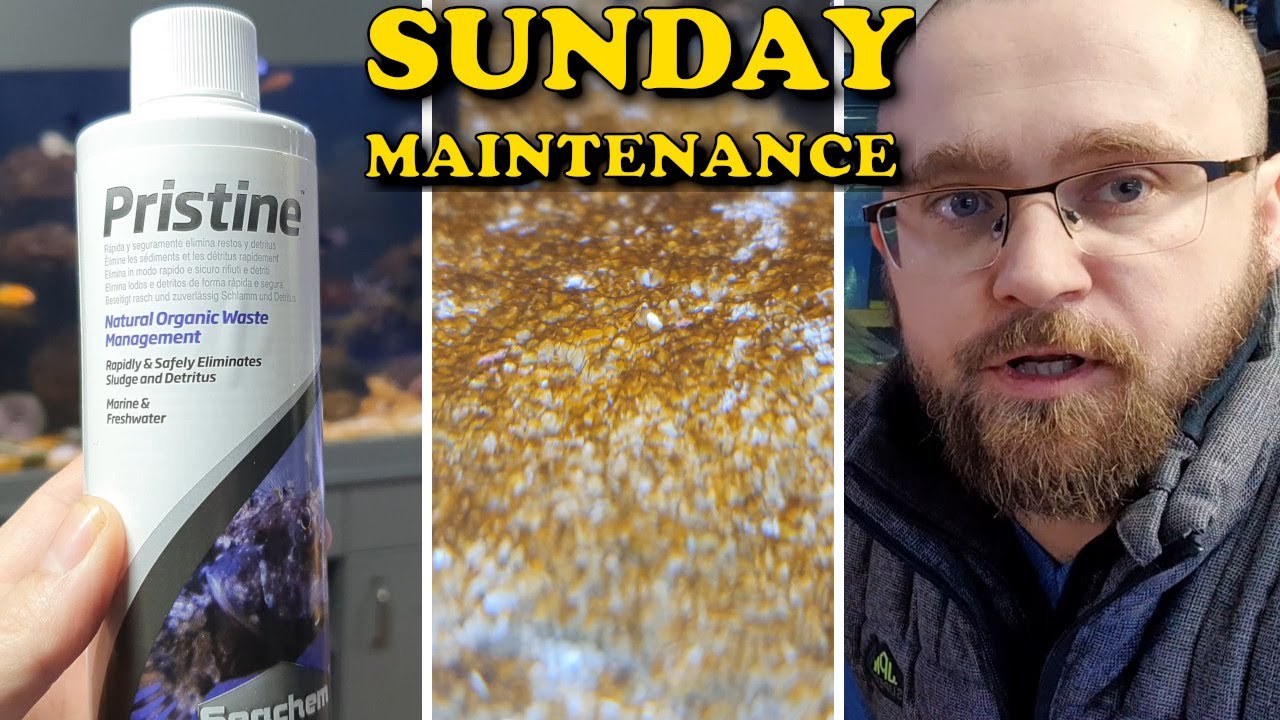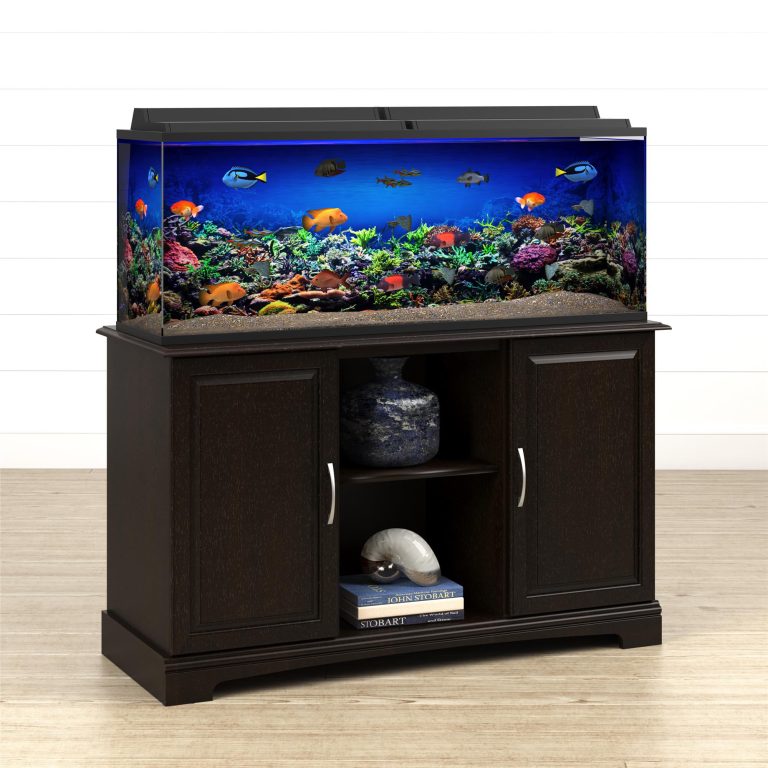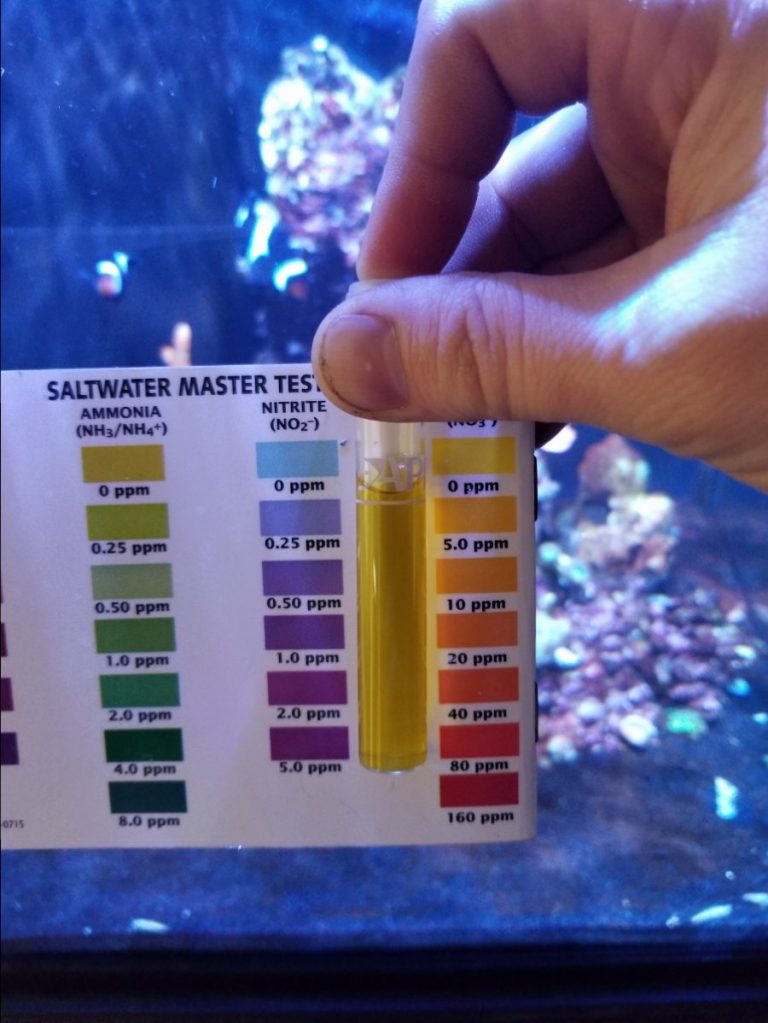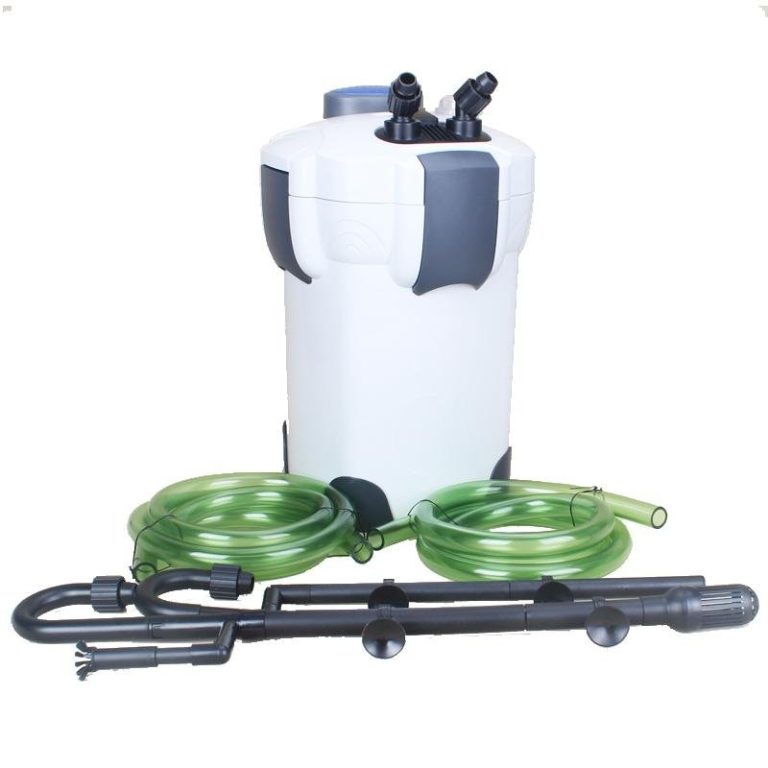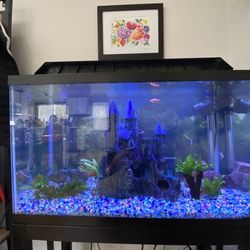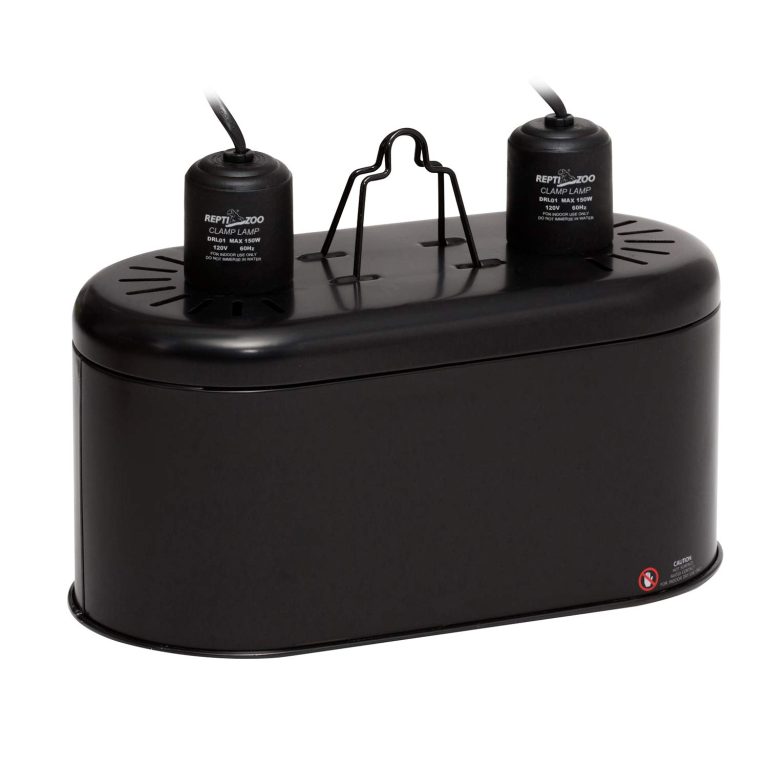How to Eliminate Diatoms and Maintain a Pristine Freshwater Aquarium
To get rid of diatoms in a freshwater aquarium, you can introduce algae-eating aquatic animals or reduce the lighting and nutrient levels in the tank. Having a clean and healthy freshwater aquarium can be a rewarding experience.
However, dealing with diatoms, a type of brown algae, can be quite frustrating. Diatoms are common in newly setup aquariums and can cover the glass, decorations, and even plants, giving the tank an unsightly appearance. Fortunately, there are effective ways to control and eradicate diatoms.
In this article, we will discuss some simple yet practical methods to get rid of diatoms in your freshwater aquarium, ensuring a beautiful and balanced aquatic environment for your beloved fish and plants.

Credit: www.bulkreefsupply.com
Understanding Diatoms: The Unsightly Algae Plague
Diatoms, the unsightly algae plague, can quickly take over freshwater aquariums, posing a challenge for aquarium owners. These microscopic brown or golden-brown algae can turn a once vibrant aquarium into a murky mess. Understanding diatoms is crucial in effectively combating their presence and maintaining a healthy aquatic habitat.
In this comprehensive guide, we will delve into what diatoms are, the causes of their infestation, and the impact they have on the appearance and health of freshwater aquariums. So, let’s dive in and learn how to get rid of diatoms in your aquarium!
What Are Diatoms?
- Diatoms are single-celled algae that belong to the phylum bacillariophyta.
- They can be found in both freshwater and marine environments.
- Diatoms have a glass-like cell wall made of silica, giving them their distinctive appearance.
- They can reproduce rapidly under certain conditions, leading to diatom blooms in aquariums.
The Causes Of Diatom Infestation In Aquariums:
- High levels of silicates or dissolved nutrients in the water can promote diatom growth.
- New aquarium setups are especially prone to diatom outbreaks as they establish a natural balance.
- High intensity or prolonged lighting can stimulate diatom growth.
- Poor water quality, including inadequate filtration and excess organic waste, can create an ideal environment for diatoms to flourish.
The Impact Of Diatoms On The Appearance And Health Of Freshwater Aquariums:
- Diatoms form unsightly brown or golden-brown coatings on the substrate, glass, decorations, and even plants in the aquarium.
- They can hinder the growth of live plants by outcompeting them for nutrients and light.
- Diatoms can reduce water clarity, making the aquarium appear murky or cloudy.
- While diatoms are not harmful to fish, their excessive growth can disrupt the natural balance of the aquarium, potentially causing stress to inhabitants.
Understanding diatoms and their impact is crucial for effectively addressing their presence in freshwater aquariums. By identifying the causes of diatom infestation and recognizing their effects, aquarium owners can take proactive measures to control and prevent diatom blooms. In the following sections, we will explore various strategies and maintenance practices to help you get rid of diatoms and maintain a thriving, visually appealing aquarium.
So, let’s begin our journey toward diatom-free waters!
Identifying Diatom Infestation: Signs And Symptoms
Diatoms, a type of microscopic algae, can be unsightly and bothersome in your freshwater aquarium. As an aquarium enthusiast, you want your tank to be a vibrant and thriving ecosystem for your aquatic pets. In order to effectively combat diatom infestation, it is crucial to first identify the signs and symptoms that indicate their presence.
This will enable you to take appropriate action and restore water quality and clarity. So, let’s take a closer look at how to identify a diatom infestation in your aquarium.
Visible Signs Of Diatom Growth In The Aquarium
- Brown or golden-brown algae coating on aquarium surfaces, such as glass, rocks, and decorations.
- Diatoms can also be found on live plants, forming a thin film-like layer.
- The algae may resemble fine powder or be stringy in appearance.
The Impact Of Diatoms On Water Quality And Clarity
- Diatoms can lead to a decrease in water clarity, making it appear murky or hazy.
- While not harmful to fish or other aquatic animals, excessive diatom growth can compete with live plants for nutrients and hinder their growth.
- High diatom levels are indicative of nutrient imbalances within the aquarium ecosystem.
Common Mistakes In Diagnosing Diatom Infestation
- Mistaking diatoms for other forms of algae, such as green or blue-green algae, can lead to ineffective treatment methods.
- Overlooking diatom infestation due to their microscopic size may delay intervention and allow the problem to worsen.
- Focusing solely on physical removal of diatoms without addressing the underlying cause, such as excess nutrients or imbalanced lighting, may result in recurring infestations.
Now that you are aware of the signs and symptoms that indicate the presence of diatoms in your freshwater aquarium, you can take necessary measures to address the issue. By understanding the impact of this type of algae on water quality and clarity, and avoiding common diagnostic mistakes, you are equipped to effectively combat diatom infestation and maintain a thriving aquatic environment.
Preventing Diatom Growth: Creating An Optimal Aquatic Environment
The Importance Of Proper Lighting And Photoperiod For Diatom Prevention
Creating an optimal aquatic environment is key to preventing diatom growth in your freshwater aquarium. One crucial factor to consider is the lighting and photoperiod for your tank. Here are a few key points to keep in mind:
- Balancing the intensity of light: Diatoms thrive under intense light conditions, so it’s important to find the right balance. Avoid excessive brightness that can promote diatom growth.
- Choosing the right lighting equipment: Opt for light fixtures specifically designed for aquariums, such as led lights or fluorescent tubes. These options provide the ideal spectrum and intensity for your freshwater plants without encouraging diatoms.
- Controlling photoperiod: Diatoms can take advantage of prolonged exposure to light. Consider implementing a timed lighting system to mimic the natural day and night cycle. Aim for 8 to 10 hours of light per day to discourage diatom growth.
- Regular maintenance: Clean your light fixtures regularly to remove any accumulated algae or debris that can contribute to diatom growth.
- Monitor light intensity: Emulate the natural lighting conditions by ensuring the intensity does not fluctuate abruptly. Sudden changes in light intensity can stress your aquatic plants and create favorable conditions for diatoms to flourish.
Remember, maintaining a balanced lighting and photoperiod schedule is essential to prevent diatom growth in your freshwater aquarium.
Effective Diatom Removal Methods: Getting Rid Of Algae Safely
Diatoms are a common nuisance in freshwater aquariums, causing cloudy water and an unsightly look to the tank. If you’re dealing with diatoms and want to know how to get rid of them safely and effectively, you’ve come to the right place.
In this section, we’ll explore various methods for diatom control, including natural solutions, chemical treatments, and manual removal techniques. Let’s dive right in!
Natural Methods For Diatom Control: The Roles Of Algae-Eating Fish And Invertebrates
- Algae-eating fish, such as siamese algae eaters and plecos, can play a significant role in keeping diatoms at bay. These fish have a voracious appetite for algae, including diatoms, and can help maintain a healthy balance in your aquarium.
- In addition to fish, certain invertebrates can also be beneficial in controlling diatoms. For instance, amano shrimp and nerite snails are known for their ability to consume diatoms and algae, making them valuable additions to your tank.
- Incorporating live plants can also aid in diatom control as they compete with algae for nutrients, reducing the availability of food for diatoms.
- Maintaining a balanced ecosystem is crucial, so ensure that you provide adequate food and care for your algae-eating fish and invertebrates to keep them healthy and active.
Chemical Treatments For Diatom Elimination: Pros, Cons, And Precautions
- Algaecides, such as hydrogen peroxide and erythromycin, can be effective in treating severe diatom outbreaks. It’s important to follow the instructions and dosage recommendations provided by the manufacturer to avoid harming your fish, plants, and beneficial bacteria.
- While chemical treatments can provide quick results, they should be used as a last resort and only in cases of severe infestations that cannot be controlled by other means.
- Take precautions when using chemical treatments, such as removing activated carbon from your filter as it can absorb the chemicals and render them ineffective. Additionally, closely monitor your water parameters after treatment to ensure safety for your aquatic inhabitants.
- Remember that prevention is always better than cure, so regular maintenance, proper nutrition, and a balanced aquarium ecosystem will help minimize the chances of diatom outbreaks.
Manual Removal Techniques: Scrubbing, Scraping, And Siphoning
- Physical removal of diatoms can be done using several manual techniques. Scrubbing the affected surfaces with an aquarium-safe brush or sponge can help dislodge the diatoms from glass, decorations, and substrate.
- Use a scraper to gently remove diatoms from stubborn areas, being careful not to scratch the glass or damage delicate plants.
- Regular water changes accompanied by thorough vacuuming of the substrate will help remove diatoms and their spores, preventing further growth.
- A siphon can be used to target areas with heavy diatom accumulation, ensuring effective removal while minimizing disturbance to the aquarium environment.
By implementing these proven methods for diatom control, you can restore clarity and beauty to your freshwater aquarium. Remember to choose the approach that best suits your specific situation and monitor your aquarium regularly to prevent any future diatom outbreaks.
Happy fishkeeping!
Maintaining Pristine Water Quality: Long-Term Strategies For Success
Diatoms are a common nuisance in freshwater aquariums, causing unsightly brown coatings on glass, decorations, and even plant leaves. To maintain a pristine water quality and successfully eradicate diatoms, there are several long-term strategies you can implement. In this section, we will explore the significance of regular water changes and water quality testing, as well as algae control through proper aquarium maintenance routines.
Finally, we will delve into the importance of monitoring and adjusting aquarium parameters to discourage diatom growth.
The Significance Of Regular Water Changes And Water Quality Testing:
- Regular water changes help remove excess nutrients that diatoms thrive on.
- Aim to change 10-20% of the aquarium water every week.
- Conduct water quality tests using reliable kits to monitor nitrate, phosphate, and silicate levels.
- Maintain acceptable levels of nitrates (below 20 ppm), phosphates (below 0.3 ppm), and silicates (below 1 ppm).
- Adjust water change frequency and quantity based on test results and aquarium size.
Algae Control Through Proper Aquarium Maintenance Routines:
- Use a gravel vacuum during water changes to remove debris and uneaten food.
- Regularly clean and rinse aquarium filters to prevent clogging and promote efficient filtration.
- Avoid overfeeding your fish, as excess food can contribute to the growth of diatoms and other algae.
- Introduce algae-eating species, such as snails or certain fish, into the aquarium to help control diatoms.
- Ensure proper lighting levels by using a timer and providing a balanced light spectrum suitable for the specific needs of your aquatic plants and fish.
Monitoring And Adjusting Aquarium Parameters To Discourage Diatom Growth:
- Maintain a stable ph level suitable for the inhabitants of your aquarium.
- Check and regulate the water temperature to deter diatom proliferation.
- Adjust the intensity and duration of lighting to find the optimum balance for plant growth without promoting excessive algae growth.
- Consider using a diatom filter temporarily to aid in the removal of diatoms during an outbreak.
- Be patient and persistent, as eliminating diatoms may require several weeks or even months of consistent maintenance.
Implementing these long-term strategies for maintaining pristine water quality will not only help eradicate diatoms but also create a healthy and vibrant aquatic environment for your fish and plants. Remember to monitor and adapt these routines as needed to ensure the continued success of your freshwater aquarium.
Frequently Asked Questions On How To Get Rid Of Diatoms In Freshwater Aquarium
How Do Diatoms Form In Freshwater Aquariums?
Diatoms in freshwater aquariums form due to excess nutrients, light exposure, and inconsistent water parameters.
Why Are Diatoms Harmful To Freshwater Aquariums?
Diatoms can be harmful to freshwater aquariums as they can inhibit the growth of other aquatic plants and algae, affecting the balance of the ecosystem.
How Do I Prevent Diatoms From Multiplying In My Aquarium?
To prevent diatoms from multiplying in your freshwater aquarium, maintain consistent water parameters, control light exposure, and limit nutrient levels.
What Are Effective Methods To Get Rid Of Diatoms In An Aquarium?
Some effective methods to get rid of diatoms in your freshwater aquarium include manual removal, reducing light exposure, and using a diatom filter or algae-eating fish.
Conclusion
To sum it up, dealing with diatoms in your freshwater aquarium requires a multi-pronged approach. Start by identifying the root cause of the excess silicates in your tank and take steps to address it. Implementing strategies such as reducing nutrient levels, optimizing lighting, and maintaining a regular cleaning routine can help keep diatoms in check.
Adding certain algae-eating organisms like otocinclus catfish or amano shrimp can also assist in controlling diatom growth. Remember to be patient and consistent in your efforts, as it may take some time to see results. By following these tips and guidelines, you can successfully get rid of diatoms and create a healthier, more aesthetically pleasing environment for your freshwater aquarium inhabitants.
